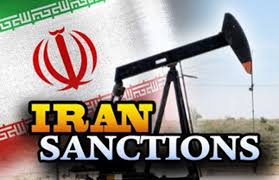COVID-19 repercussions and oil price volatility are deepening Iraq’s economic woes. GDP contracted sharply in 2020 driven by a steep decline in oil production and non-oil output. Twin surpluses turned into large deficits in 2020 putting pressure on public debt and foreign currency reserves. Economic outlook depends on oil market developments and reforms implementation. Key risks relate to the deteriorating security situation, delayed vaccination rollout and setbacks in oil markets, with severe consequences on poverty and unemployment.
Recent Developments
The twin shocks took a heavy toll on Iraq’s economy, with GDP (at factor cost) posting a contraction of 10.4% in 2020. Growth was weighed down by depressed global oil demand and adherence to OPEC+ production cuts agreement which led to a 17.6% contraction in oil GDP. The non-oil economy also underwent a 9% contraction as the COVID-19 induced lockdown battered domestic demand with religious tourism and services sectors suffering the most. Weak domestic demand and cheaper imported goods kept inflation pressures low with headline and core inflation only edging up to 0.6 and 1.0% in 2020, respectively.
Outlook
Iraq’s economic outlook hinges on the evolution of COVID-19, global oil markets prospects, and reforms implementation. The economy is forecast to gradually recover on the back of rising oil prices and OPEC+ production quotas. GDP growth in Iraq is projected to rise to 1.9% in 2021 and 6.3% on average over the subsequent two years. Delays in vaccine rollout would lead to additional lockdowns, which in turn impact economic activity. Non-oil GDP is forecast to recover in 2021, growing by 5.5% before converging to a historical potential GDP growth trend in 2022-23.








Comment here